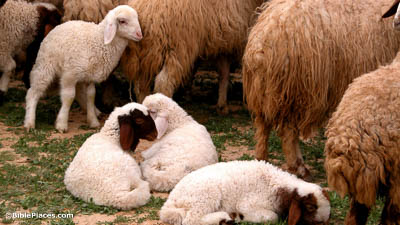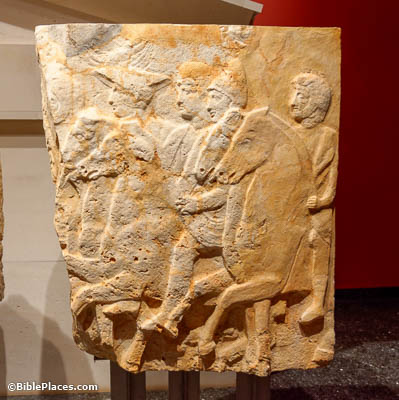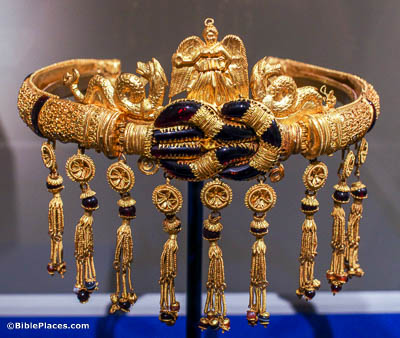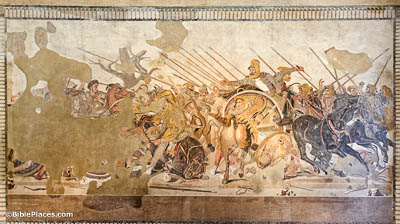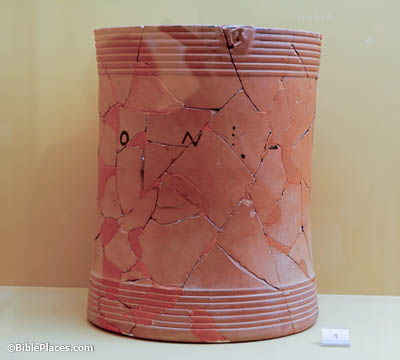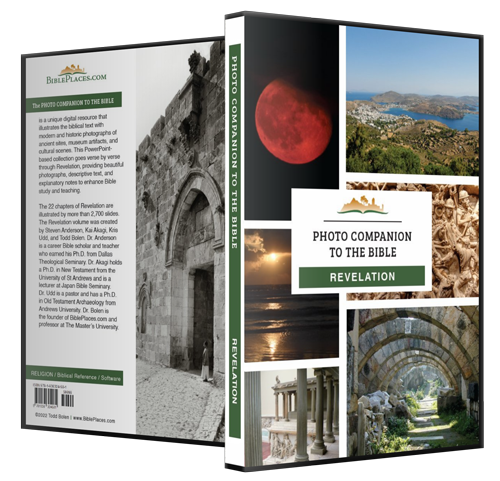I saw when the Lamb opened one of the seven seals (Revelation 6:1).
At the very beginning of His ministry, Jesus was introduced by John the Baptist as “the Lamb of God, who takes away the sin of the world” (John 1:29). The title refers to His self-sacrifice on the cross, where He gave up His own life to redeem mankind. Throughout Revelation, John refers to Jesus as the “Lamb” (Gk. arnion) 28 times. This picture shows lambs in the Negev.
